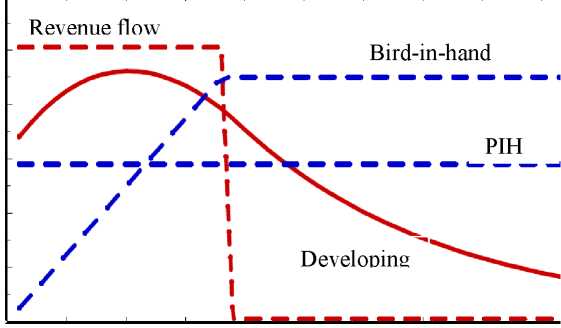63
Figure 5: Counterfactual Hartwick rule

400
350
300
250
200
150
100
50
0
-50
-100
-150
Low
resource
dependence
Ghana
■ Zirnl
High
resource
dependence
. South Africa
ιιca ∙
• ∙ Peru
itɪiabwe Mexico
• India
_ ^Thailand
Korea, Rep. of
• Zambia
Guyana
• Bolivia
г Ecuador
» ~ t Chile
Egypt Arab Rep. of ∙ Indonesia
Malaysia *china
Λ
Nigeria
Venezuela, R. B. de
• Trinidad and Tobago
• Mauritania
• Gabon
Algeria» ∙ Congo, Rep. of
Low
capital
accum.
High
capital
accum.
0 5 10 15 20 25 30 35
% share of resource rents in GDP (average 1970-2000)
Source: World Bank (2006, Figure 4.1).
Figure 6: Alternative prescriptions for harnessing natural resource windfalls
Δ C

To
Ti
t
Key: The incremental consumption path indicated by ‘Developing’ is the optimal path
obtained by maximizing social welfare for a developing economy which suffers capital
scarcity and has to pay an interest premium on its outstanding foreign debt.
More intriguing information
1. Correlation Analysis of Financial Contagion: What One Should Know Before Running a Test2. Output Effects of Agri-environmental Programs of the EU
3. DISCUSSION: POLICY CONSIDERATIONS OF EMERGING INFORMATION TECHNOLOGIES
4. Eigentumsrechtliche Dezentralisierung und institutioneller Wettbewerb
5. Backpropagation Artificial Neural Network To Detect Hyperthermic Seizures In Rats
6. Valuing Access to our Public Lands: A Unique Public Good Pricing Experiment
7. Estimation of marginal abatement costs for undesirable outputs in India's power generation sector: An output distance function approach.
8. Types of Cost in Inductive Concept Learning
9. The use of formal education in Denmark 1980-1992
10. ‘I’m so much more myself now, coming back to work’ - working class mothers, paid work and childcare.